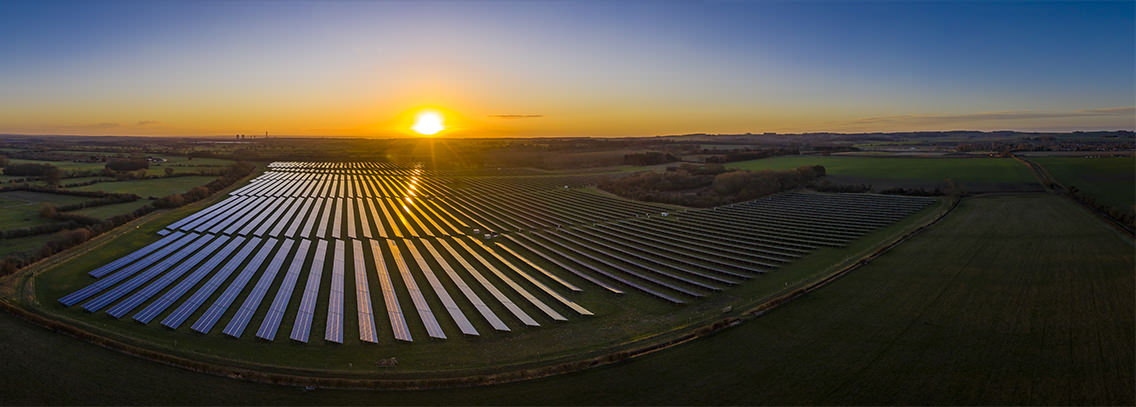PA needs CO2 limits—and strong renewables policy, too
Thursday, August 22, 2019
In an excellent new report by Mark Szybist and Amanda Levin, the Natural Resources Defense Council (NRDC) undertook electric power sector modeling to assess the impact of different policy approaches to renewable energy and carbon emissions in Pennsylvania.
Their analysis shows that:
- Pennsylvania can remain a large energy exporter while building a better, cleaner, and stronger economy if it caps and prices carbon dioxide emissions, increases its renewable energy goals, and strengthens its commitments to energy efficiency.
- Without limits set on carbon emissions, emissions will increase over the next two decades (reversing a recent decline) as both coal and nuclear power plants become unprofitable and are replaced by gas plants. Carbon limits would ensure that the current decline continues.
- To drive growth in in-state renewables—and realize the job-growth and economic-development potential of that growth—Pennsylvania must also increase the renewable energy goals in the state’s Alternative Energy Portfolio Standards Act (AEPS).
- Together, carbon limits, a 30% renewable energy standard, and stronger efficiency programs would reduce the use of the dirtiest power plants, minimize emissions “leakage” to other states, lower household energy bills, and drive investments in local clean power resources, leading to sustained climate benefits for Pennsylvania and the U.S.
Some other highlights of the report include:
- Improved human health: A strong Alternative Energy Portfolio Standard (AEPS) achieves greater cuts of in-state sulfur dioxide (SO2) and nitrogen oxide (NO2) emissions—pollutants that contribute to local smog issues and worsen respiratory issues like asthma—than would PA participating in the Regional Greenhouse Gas Initiative (RGGI) alone. This means fewer childhood asthma attacks, ER emergencies, and lost work days, and helps mitigate the general health impacts of climate change in Pennsylvania.
- More jobs: growing renewable energy and energy efficiency creates good-paying jobs and boosts economic development and local tax bases (including in more rural areasof the state). When states establish strong renewable energy goals—signaling to businesses an openness and interest in clean energy—they create more renewable energy jobs and a stronger clean energy economy. Modeling for the Pennsylvania DEP’s Finding Pennsylvania Solar Future project showed that 10 percent in-state solar goal would result in 60,000 to 100,000 jobs and result in a net benefit of over $1.6 billion annually from 2018 to 2030 from energy savings and infrastructure investments.
- Lower electricity bills: by complementing RGGI with both a stronger AEPS and greater investment in low-cost energy efficiency, the average Pennsylvanian’s electricity bill would decrease by about $12 a year in 2030 and about $25 a year in 2040 compared to “business-as-usual.”





